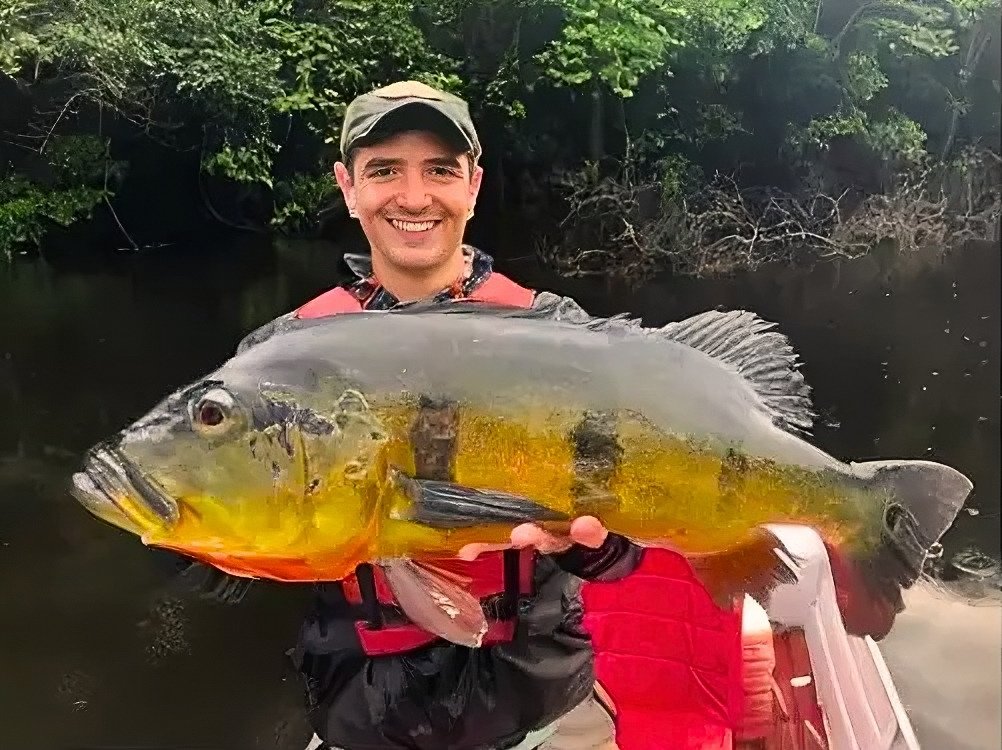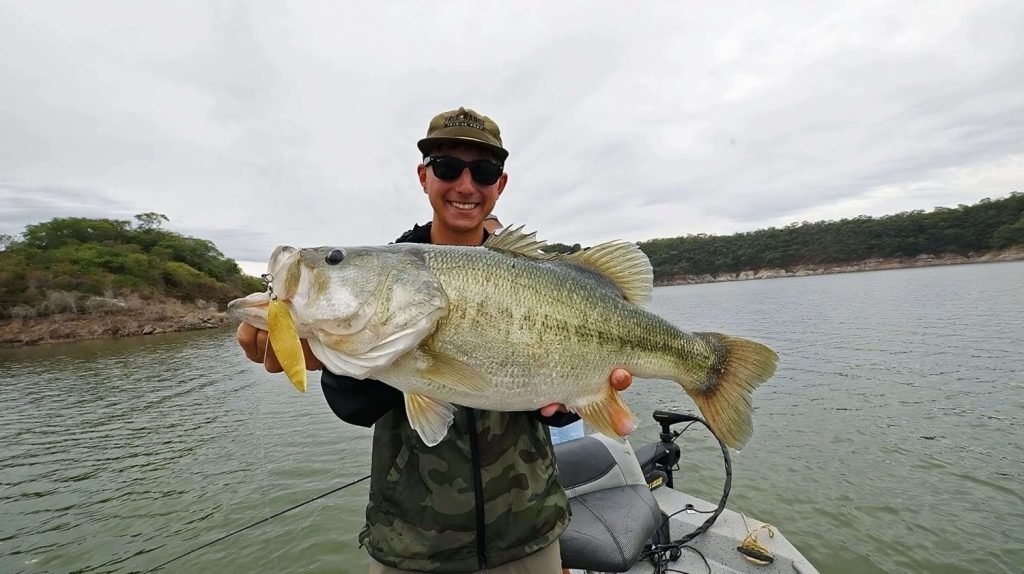What are the benefits of catch and release?
Catch and release, also known as “catch and release”, is a sport fishing practice in which caught fish are returned alive and healthy to the water after capture, rather than retained for consumption. This ethical and sustainable approach brings a number of significant benefits to aquatic ecosystems and sport fishing as a whole. Below, we highlight some of the main benefits of catch-and-release fishing:

Conservation of fish stocks:
Releasing captured fish, especially large fish and threatened species, contributes to the conservation of fish stocks and the preservation of aquatic biodiversity. This ensures that species have the opportunity to reproduce and renew their populations, avoiding overfishing and species decline.
Sustainability:
- Catch and release is a sustainable practice that allows sport fishing to be practiced responsibly, without compromising the regenerative capacity of aquatic ecosystems. In this way, future generations will be able to enjoy this activity without depleting natural resources.
Promotion of sport fishing:
- Catch and release is a fundamental pillar of sport fishing, as it emphasizes conscious capture and respect for nature. This attracts more people to fishing, an activity that not only provides entertainment and leisure, but also contributes to the conservation of ecosystems and the development of sustainable tourism.
Balancing aquatic ecosystems:
- By releasing caught fish, the natural balance of aquatic ecosystems is maintained. Fish play an important role in the food chain, control populations of other organisms and contribute to the health of aquatic environments as a whole.
Improved genetic quality:
- Catch-and-release facilitates the release of larger fish in better physical condition for reproduction. This can lead to a gradual improvement in the genetic quality of fish populations over time.
Biodiversity preservation:
- Releasing captured species contributes to the preservation of aquatic biodiversity. This allows to appreciate and protect not only the target species, but also others in the ecosystem.
Contribution to scientific research:
- Capture and release plays a vital role in collecting scientific data on fish stocks. It also contributes to assessing the health of aquatic ecosystems. Fishermen and fishing guides can collaborate with researchers by providing valuable information on the size, health and distribution of the species caught.
In conclusion, catch-and-release is a beneficial and responsible sport fishing practice. It values the conservation of fish stocks and the preservation of aquatic ecosystems. In addition, this ethical approach contributes to the development of sustainable tourism. It also fosters the appreciation of the rich aquatic biodiversity, offering a rewarding experience to sport fishing enthusiasts.
What happens if the fish’s gills are caught?

Catching a fish by the gills can be detrimental to both the fish and the angler. The gill is a delicate structure essential for fish respiration, which allows the exchange of oxygen between water and blood. Handling fish by the gills can cause serious damage, even resulting in the death of the animal.
Grabbing fish by the gills can cause physical damage, such as tears or punctures in the gill tissue. These injuries can impair the fish’s ability to breathe properly. In some cases, these injuries can lead to asphyxiation and death of the fish. In addition, stress caused by improper handling can also weaken the fish and make it more susceptible to disease.
In addition to the negative impact on the fish’s health, catching the fish by the gills can also be dangerous for the angler. Some species of fish have sharp teeth or spines on the gills, which can injure the angler during handling. In addition, a stressed fish may struggle and cause accidental injury to the angler.
To handle fish safely and avoid injury, anglers should follow proper practices:
Use forceps or tongs:
- Use grappling pliers or a forceps to hold the fish by the lower lip, rather than grasping it by the gills.
Wear protective gloves:
- When handling fish that have spines or sharp teeth, it is advisable to wear protective gloves to avoid hand injury.
Minimize handling time:
- Try to handle the fish quickly and carefully to minimize stress and exposure to air.
Keep hands moist:
- Keep hands moist before touching the fish, as this helps protect the mucus layer that coats the fish’s body, preventing skin damage and reducing stress.
Adopt catch-and-release practice:
- Whenever possible, opt to return the fish to the water after catching it, especially if the purpose of the catch is not to consume it.
Adopting proper practices is crucial to preserve fish health and contribute to the sustainability of the fishery. In addition, these actions also play a fundamental role in the preservation of aquatic ecosystems. These actions allow future generations to enjoy sport fishing in harmony with nature.





